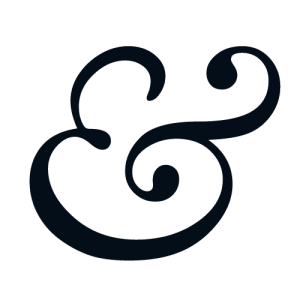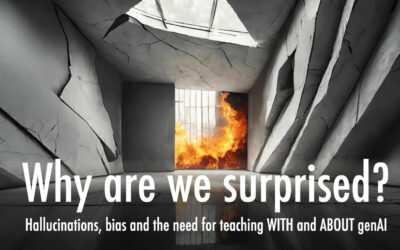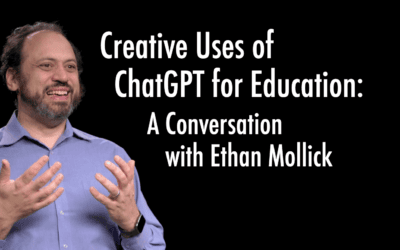I have been a great fan of Baskerville, the font for a long time. I love the manner it looks on a page and most importantly I love its italic ampersand! Check it out below… isn’t that beautiful.

I remember setting my doctoral dissertation in Baskerville and receiving grief from the University of Illinois dissertation formatting police because it was not in the listed list of fonts. I believed in this strongly enough that I fought it – and won! My dissertation remained in Baskerville.
Anyway, I had always assumed that my preference for Baskerville was a matter of personal taste (of course my taste was better than that of others… but still). But now there is scientific evidence of how Baskerville is better than other fonts.
Errol Morris, filmmaker and photographer, recently conducted a devious experiment on the website of the NYTimes. Under the guise of studying whether we were optimists or pessimists, he had people read a passage of text and complete a short, online survey on whether they thought the passage was true and how confident they were in their answer. Pretty straightforward, on the face of it, right?
Actually, not straightforward at all. As it turns out, what he was really after was for far more interesting. As he says in his recent column:
Each Times participant read the passage in one of six randomly assigned fonts — Baskerville, Computer Modern, Georgia, Helvetica, Comic Sans and Trebuchet. The questions, ostensibly about optimism or pessimism, provided data about the influence of fonts on our beliefs.
The test consisted of comparing the responses and determining whether font choice influenced our perception of the truth of the passage.
More than 100,000 people clicked on the page, and approximately 45,000 people took the quiz.
And the results unequivocally show that Baskerville beats out all other fonts (at a statistically significant level). Baskerville promoted among readers “a belief that a sentence is true” (or as Morris suggests, it “at least nudges us in that direction.”)
So finally we have the king of fonts, Baskerville! Beautiful AND true… how can you beat that.





0 Comments